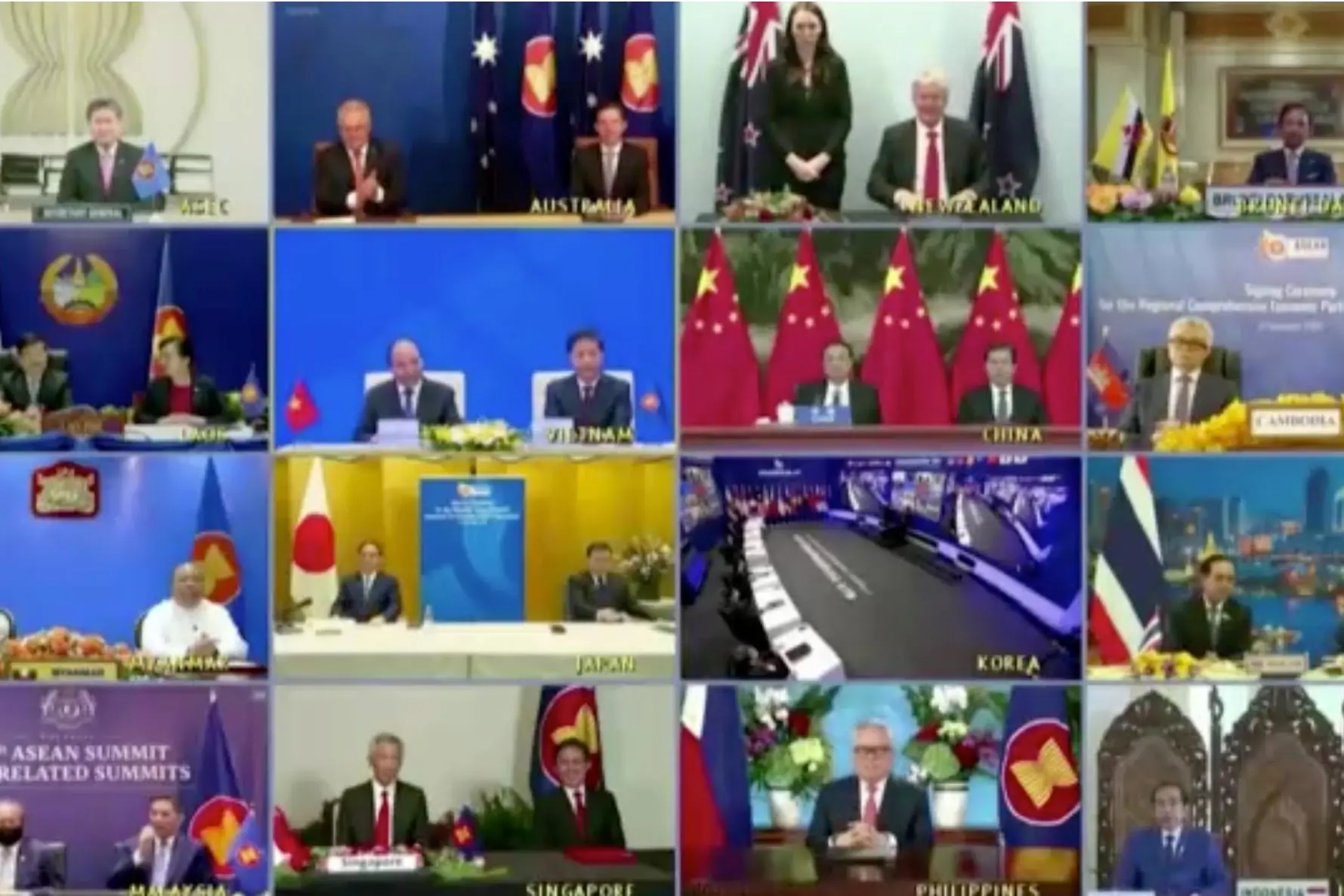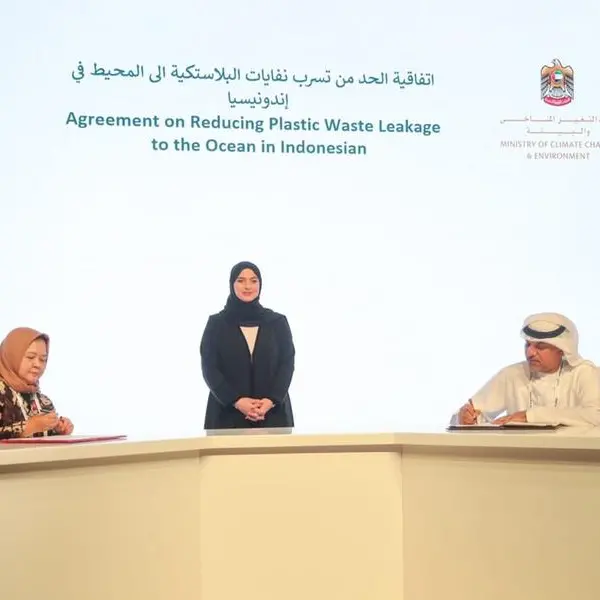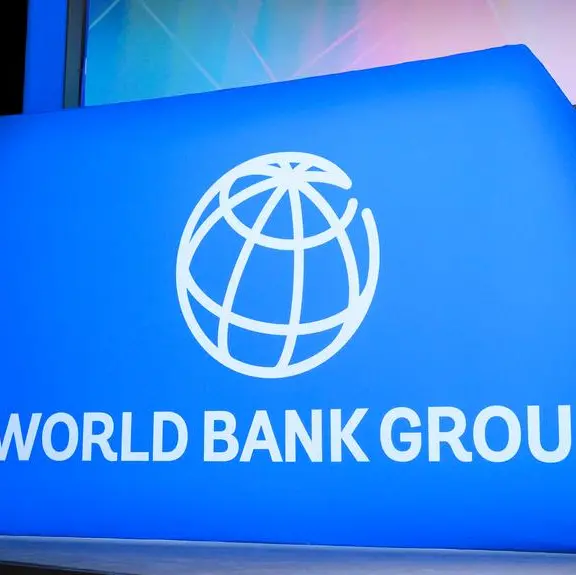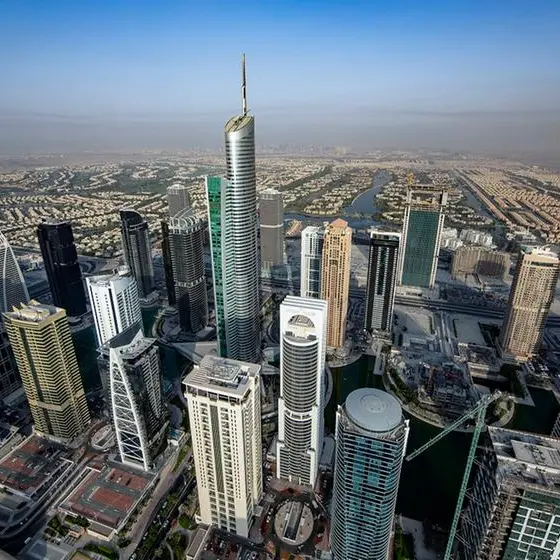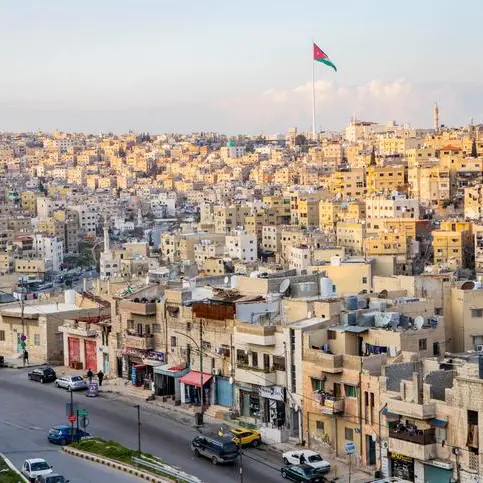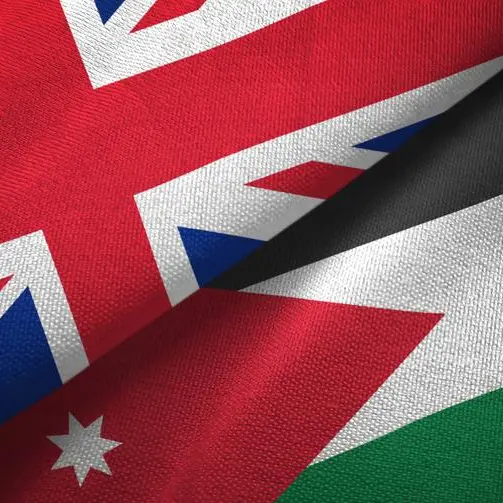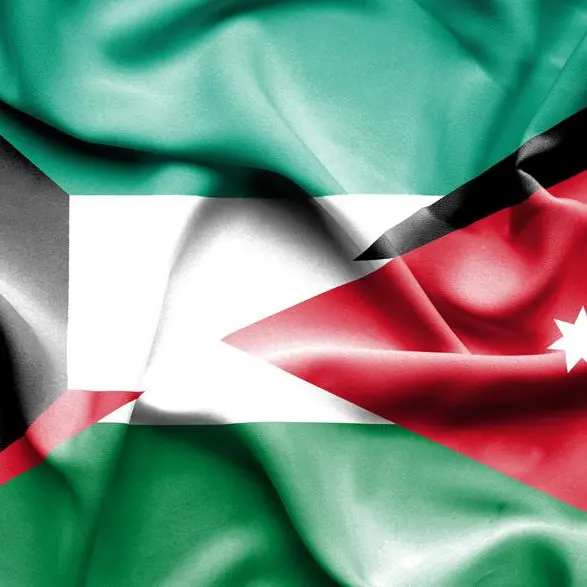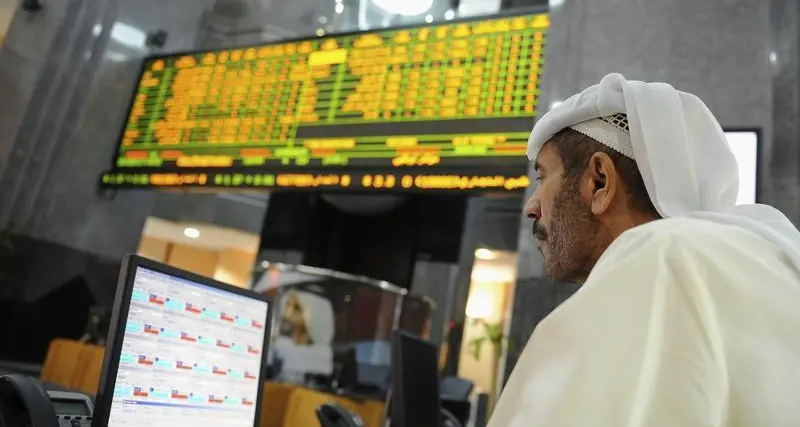PHOTO
(The author is a Reuters Breakingviews columnist. The opinions expressed are his own.)
MELBOURNE - Any bit of cooperation between nations is welcome in a fractured world trending toward isolationism. That’s the low bar just cleared by the Regional Comprehensive Economic Partnership, a pact to ease the buying and selling of goods among 15 Asia-Pacific nations. Even the modest progress makes all too clear the sad state of global trade affairs.
The deal signed virtually over the weekend has been eight years in the making. Some of the elements are symbolically significant. The bloc covers about 30% of the world economy and population, more than any other trade agreement. Regional rivals China, South Korea and Japan also have joined together in such an accord for the first time. And although the group will miss India’s presence, binding Indonesia, Australia, Thailand and the rest closer is no small feat.
Economically speaking the achievements are less impressive. Although many details have yet to be released, the group estimates that tariffs and quotas will be eliminated for just 65% of goods imported and exported within the region. Other levies and restrictions will be relaxed for about 90% of products over two decades, falling short of the Trans-Pacific Partnership.
More significant are the so-called common rules of origin provisions that are designed to make it easier to sync up supply chains among member nations. All told, RCEP is expected to add nearly $200 billion to the world economy – a tiny fraction of the total – and 0.2% to signatories’ GDP on a permanent basis, according to June estimates from the Peterson Institute for International Economics.
However limited those advancements may seem, they stand in stark contrast to what’s happening elsewhere. Years after voting to decamp the European Union, Britain is scrambling to strike a free trade deal with the bloc before officially exiting at the end of the year. U.S. President-elect Joe Biden, meanwhile, inherits a battle royale with China and splintered relationships with allies to repair too. By the time they sort out these other pressing matters, Asia may have forged a more formidable union.
CONTEXT NEWS
- Fifteen Asia-Pacific nations formed the world's largest free trade bloc on Nov. 15, signing the Regional Comprehensive Economic Partnership (RCEP) at a regional summit held virtually in Hanoi.
- The deal groups the 10-member Association of Southeast Asian Nations, China, Japan, South Korea, Australia and New Zealand. Combined they account for about 30% of the world’s GDP and population.
- RCEP aims to progressively lower tariffs across many areas. There were no details on which products or countries would see an immediate reduction in levies.
- It is the first time China, Japan and South Korea have been in a single free trade agreement together. India pulled out of the talks in November 2019, but ASEAN leaders said the door remained open for it to join.
(The author is a Reuters Breakingviews columnist. The opinions expressed are his own.)
(Editing by Una Galani and Katrina Hamlin)
© Reuters News 2020
